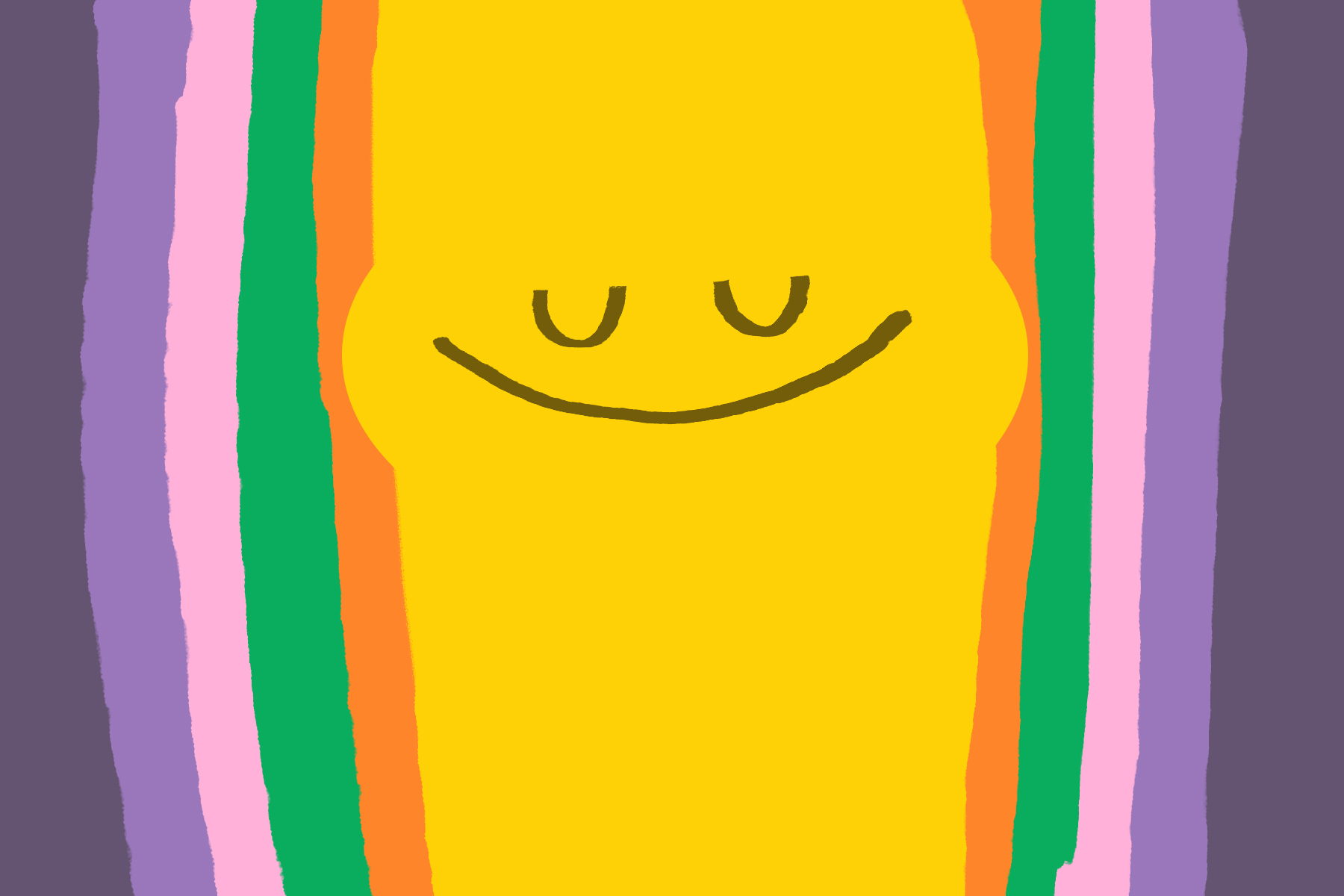The benefits of practicing meditation and mindfulness seem magical. Research shows that practicing meditation can reduce feelings of anxiety, depression, chronic illness and sleep problems. How can a brief, daily brain exercise ease so many ailments? That is the question “Headspace Guide to Meditation” aims to explore.
Even if you’re skeptical about the advantages of meditation, it makes sense to want to try it for yourself. The potential benefits outweigh the cost of feeling like you’ve wasted your time doing something that didn’t end up working for you. Unfortunately, there are so many different apps, videos and ways to meditate that starting the practice can feel intimidating.
Netflix’s new show “Headspace Guide to Meditation” is the perfect place to start if you’re looking to pick up a meditation practice. In the first episode of the show, the narrator explains to viewers that he found himself overwhelmed with emotion after experiencing the losses of people close to him. As a result, the narrator dropped out of university and moved across the globe to become a Buddhist monk.
Each episode explores a different topic and guides viewers through a variety of meditation techniques. At the beginning of each episode, the narrator gives a story from his time at the Buddhist monastery. Alongside vivid and colorful animations, each anecdote eases viewers into the topic being discussed in the episode.
The narrator will then usually tell a story about someone he has met during his time teaching meditation and how it changed that individual’s life for the better. After that, he’ll explain the scientific research behind why the meditation technique he shows in the episode will work.
Finally, viewers are invited to participate in a 10-minute guided meditation relating to the topic of the episode. The meditation techniques provided are perfect for beginners because they’re short and to the point. It’s easy to understand how each method works and exactly why it is calming you down.
The episodes of “Headspace Guide to Meditation” do not have to be watched in chronological order to be effective. In fact, you can use the titles of each episode to guide you to the meditation technique that will help you the most. The Netflix original currently has eight episodes that include a wide range of topics sure to help any viewer give meditation a try.
Episodes
1. “How to Get Started”
To begin your meditation journey, the first episode of “Headspace Guide to Meditation” explains what meditation is, why it can be a beneficial practice and how it’s effective. The episode teaches viewers how to do the focused attention meditation technique, where a person only focuses on their breathing. It’s a basic technique, but it’s fundamental and easy to incorporate into your daily life.
2. “How to Let Go”
Having now been introduced to a few basic meditation methods, the second episode of the show explains how a person can use meditation to let go of anger, frustration and longing. It can be easy to stay irritated at an old friend who hurt you or to yearn for a different life, but those activities and emotions ultimately only cause more resentment and pain. To help audiences process these emotions, the narrator provides viewers with the visualization technique so they can finally let go of whatever they’ve been holding on to for too long.
3. “How to Fall in Love with Life”
Moving along, the series continues by explaining how to fall in love with life again with an episode that heavily focuses on the concept of gratitude. The ongoing COVID-19 pandemic and the changing world around us makes this a vital episode to check out, as remaining grateful for what you do have in your life can become difficult in the face of adversity. As a result, Episode 3 is a powerful reminder of the importance of thankfulness for all of us.
4. “How to Deal with Stress”
The most universally helpful episode of “Headspace Guide to Meditation” is Episode 4, which teaches viewers how to deal with stress. Almost everyone experiences some form of stress in their lives, whether it comes from their job, school or family. The noting technique provided in this episode could be beneficial for anyone looking to practice meditation in order to reduce their stress levels.
5. “How to be Kind”
The fifth episode, about how to be kind, is also a useful one. It teaches meditation newbies how to release resentment toward themselves, as well as toward others. The meditation technique used in the episode is called loving kindness, and it can help break down grievances you have held for years. In some cases, it’s helped individuals break down hatred they’ve held in their hearts for decades. It’s an episode that is worth checking out for sure.
6. “How to Deal with Pain”
Episode 6, which is on how to deal with pain, explains how meditation can be used to lessen the effects of chronic illness. The pain won’t go away completely with meditation, but the practices that can possibly help reduce it are explored in this episode.
7. “How to Deal with Anger”
As Season 1 of “Headspace Guide to Meditation” begins to come to a close, Episode 7 teaches viewers how to deal with anger by transforming it into something more positive. The conversion of emotions that the meditation technique encourages can reduce anger levels and help you empathize with other people more.
8. “How to Achieve Your Limitless Potential”
The last episode is an optimistic and hopeful one. It reminds viewers that they have the ability to achieve limitless potential and that consistent meditation practice can help them get there. With regular practice, individuals can experience all of the benefits that meditation and mindfulness have to offer.
If you watch the entire first season of “Headspace Guide to Meditation” and decide meditation isn’t for you, that’s okay, too. However, the episodes are short, friendly and inviting. It’s worth it to watch the show, try out the techniques and give meditation a shot.
Who knows, maybe a meditation technique that you learn from one of these episodes will stick with you for the rest of your life. Try “Headspace Guide to Meditation” — maybe it’ll change your entire mindset moving forward.

















